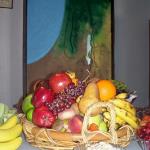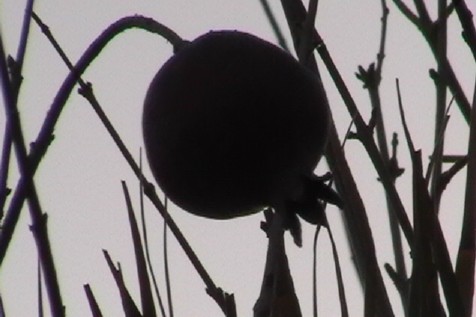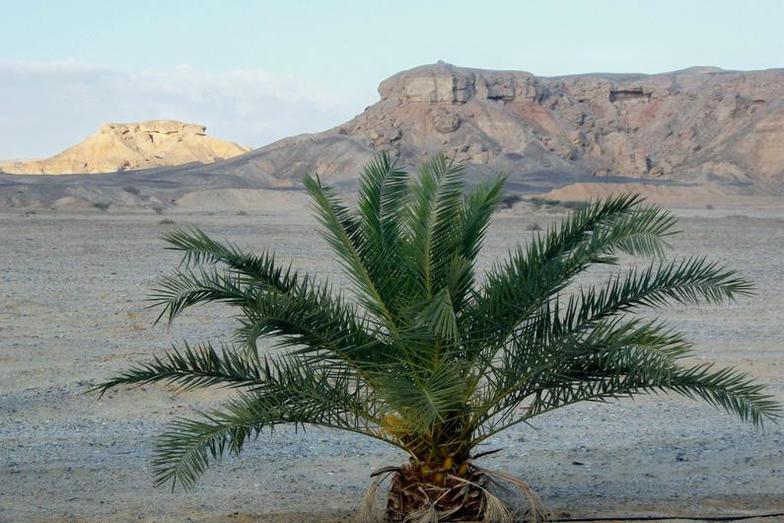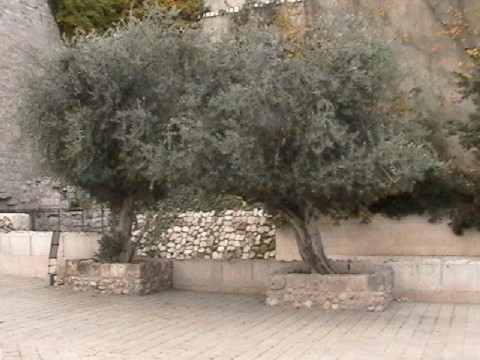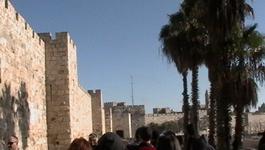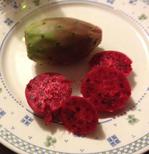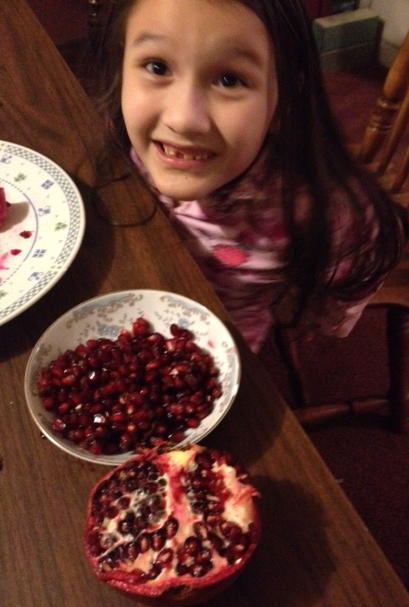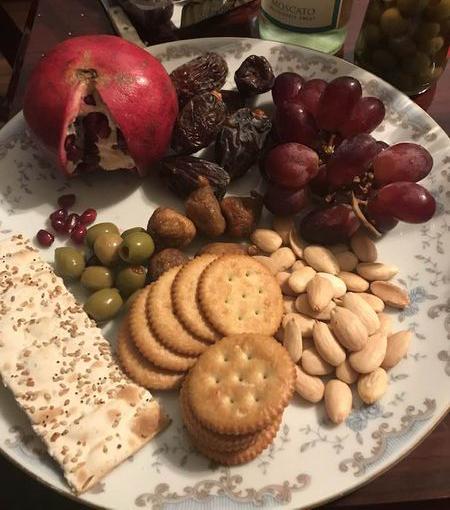"Yah" b'Shvat
A Birthday for Trees
The reason for this day is the command in Torah to abstain from the fruit of trees for the first three of their years, then treat it as a praise to YHWH the fourth year. The fifth year the owner may harvest its fruit, with the tithes and firstfruits still brought to the Levites as with any other crop. (Leviticus 19:23ff) The difficulty is keeping track of exactly what time of year each tree was planted. So it was decided that a date would be chosen, and anything planted on or before that date would then be automatically considered a year old, whether it had been a day or 364 days before.
The date chosen was the fifteenth day of the eleventh month (Shvat), in late winter, just before most trees begin to bud. One reason this date is chosen is because it coincides with the flowering of the almond tree in the Land--the first to blossom each year.
The Jews call it Tu B'shvat, though there is no word "tu" as such in Hebrew. Tu is something of an acronym--the combination of the two letters that have the numeric value of 9 and 6, which adds up to 15. Why not 10 and 5? Because the letters that would represent these numbers are yodh and hey, which spell out "yah". "Tu" is substituted for "yah" because the latter is a shortened form of YHWH's name, which most Jews today consider ineffable (not to be pronounced).
Why is this? Because in Babylon it was a common practice not to speak the name of one's deity, lest it pay them too much attention, because too much attention from a deity was a cause for fear when deities were capricious and often cruel. This practice was carried on by the Jews after returning from the Babylonian captivity. It is true that YHWH gives more attention to those who call on His name, though, and we have no reason to treat Him the way the Babylonians treated their elohim. The Hasmoneans (Maccabean rulers) recognized this and reinstated the public usage of YHWH's name.
The pendulum swung in the other direction, though, and because people were becoming careless with His name again, allowing documents with it written on them to be put to profane use or destroyed, they went back to the other extreme and forbade it altogether again, and this practice has stuck among all but the Karaites for well over two millennia. It is time to return to the proper balance! We call it Yah B'Shvat so as not to efface YHWH's name.
The fruit of a tree is indeed bitter or lacks robustness the first few years. If eaten before its time, it will be of no profit to us, and may actually harm us. So He asks the firstfruits for Himself. He requires all this so that the tree may become as fruitful and effective as possible for our sakes.
But there is also a deeper lesson--wonderful picture in this command not to eat from young fruit trees. Psalm 1:3 tells us that a tree is a picture of a person. Paul seems to be alluding to it in 1 Timothy 3:6, where he says, "Do not let a novice be a teacher", because the Greek word he uses for "novice is neophyte, which means "newly-planted". He must wait until he has been nurtured to maturity and worked through the transition into his new life. He is likely to become puffed up and brag about how special he is if allowed to teach too soon, and then it would be only about self, not YHWH. Before he is pruned (before he is able to praise YHWH properly and is mature enough to teach), his fruit may be genuine, but it is not to be partaken of, because it lacks a well-rounded perspective that only time and study can bring. The revelation given to him in his patience is what will feed us all.
On the other hand, it also shows that by a certain time we should all have something to teach others. When one has reached the "fifth year"--that is, when he is "full of the five books of Moshe", and well-trained in this foundation, he can become a teacher who can feed others.
Thus the day itself is not commanded by YHWH, but the need for it was derived from the command at least as far back as Y'shua's day, or very shortly thereafter, because the 15th of Sh'vat is listed as "the new year for trees" in the Mishnah's Tractate Rosh haShanah. (The School of Shammai wanted to have it on the first day of Sh'vat instead.)
Jewish Traditions:
- Planting trees: In 1908 the Jewish Teachers' Union initiated this tradition for the sake of the reforestation of denuded mountains in Israel, and the Jewish National Fund has carried on this land reclamation. Over a million people participate each year. Some call it the "Jewish Arbor Day".
- Eating dried fruits and nuts, especially figs, dates, raisins, carob, and almonds, and other fruits native to the Land of Israel.
- According to the introduction to A Seder for Tu B'shvat by Ari Davidow, in some areas the Tu B'Shvat celebrations were held in the homes of families who had lost a beloved during the past year, to remind of the prohibition of mourning on that day, and also of the renewal of life from the trees being parallel to the resurrection.
- In southern and rural Morocco, the rich would invite the whole town to their homes and fill their hats with fruit.
- In Persia there was a custom of climbing on the roof and lowering an empty basket through the chimney which would be returned laden with fruit.
- In Turkey there was a custom where each member of the family would have a special association with a particular type of fruit. In Persia and Afghanistan, Jews on Tu B'Shvat would purchase new fabrics from which clothing for Passover would be sewn.
- Some Hasidim eat jelly made from the last Sukkoth's etrog, or pickled etrogim, and then pray for etrogim of fine quality for the coming Sukkoth.
A kabbalistic liturgy written by Yitzhaq Luria correlates the four mystical levels of creation with the differences between fruits that are totally edible and those that have a shell or pit that must be discarded. Like the Passover seder, this one also features four glasses of wine. But this time the color of the wine in each glass is varied. The first cup is all white wine; the second is mostly white mixed with a little bit of red; the third is mostly red mixed with a little white; and the fourth is all red.
The various degrees of complete edibility of each fruit or nut are a picture of how readily one can be "consumed" by the community--that is, whether it requires much work to get him "out of his shell", or whether he appears to be "eater-friendly", but actually has a hard, hidden pit on which someone might unexpectedly break his teeth.
Which kind of fruit are you?
7 species of the land of Promise listed in Deut. 8:8 plus almonds, the tree watched for to know when to watch the barley crop. (Jeremiah 1:11-12)

